41 how to bulk update labels in jira
Bulk Jira Issue creation using CSV Template - Tech Agilist Step 1 − Select "Issues" from the top of JIRA. "Import Issues from CSV" to open the Bulk Create Setup page. Step 2 − On the Setup page, select CSV Source File. Do not check the "Use an existing configuration file" check box, if you do not have a configuration file or if you want to create a new configuration file. Updating an Issue via the JIRA REST APIs 6848604 - Atlassian This page describes the JIRA REST API for updating an issue. For the related tutorial, see JIRA REST API Example - Edit issues. Simple update (implicit set via "fields") The simple way to update an issue is to do a GET, update the values inside "fields", and then PUT back.
How To Manage Labels In JIRA - Factorialist Users can do it right in the Labels field by clicking editing icon and approving the changes. The same may be done via More menu. Open More in the issue menu, select Labels. Add or remove labels. Update or Cancel the Issue details changes. There are also suggestions to choose one from all existing in your JIRA labels available.
How to bulk update labels in jira
The labels fields should be additive when doing bulk updates - Atlassian When adding a label, it overwrites/deletes any existing labels on the issue. Bulk editing of labels should be additive, or even better give an option to be additive or overwrite any existing. Issue Links causes JRASERVER-31312 Bulk changing labels removes all values Closed duplicates JRASERVER-13456 Bulk add to Affects Version/s Closed Upgrade matrix | Administering Jira applications Data Center and … New look and feel for Jira, including the first wave of changes to the most frequently used pages. Archiving inactive or completed projects (Data Center). New events in the audit log. Case-insensitive labels. Quick start guide for Jira Data Center. Sending Jira notifications to Stride rooms and conversations. Release notes: 7.9 How to update labels for the issues present in Jql query/Filter The JIRA API does not support bulk change. However, you can loop over the issues yourself and do the update for each one. ... # You can update the entire labels field like this issue.update(labels=['AAA', 'BBB']) # Or modify the List of existing labels. The new label is unicode with no spaces issue.fields.labels.append(u'new_text') issue.update ...
How to bulk update labels in jira. Manage epics in a kanban project | Jira Software Cloud ... Add a new epic. Click Create epic (you will need to hover over the 'EPICS' panel to show this link), enter the epic details, and create it.. Update an epic's details. For the epic name, click the arrow next to the name, then choose Edit name. Python - JIRA - Modify Labels - Stack Overflow You need administration rights for your Jira server, and log in. Go to your "Project" under configuration Go to "Screens" and Open and add filed 'Label' under appropriate Screens configuration: at least in 'Create issue' and 'Edit issue' Now, you can add label in UI and through API also. Share edited Sep 4, 2018 at 21:12 CSV Imports: The Secrets of Bulk Jira Issue Creation To export this as an actual CSV file, go to file -> Save As, and underneath your filename is, click the dropdown for the filetype. Then find "CSV UTF-8 (*.csv) and click that. Click save, and boom, your file is ready to import. However…yeah, this is boring. So let's add a few other fields! JIRA - Quick Guide - tutorialspoint.com JIRA is used in Bugs, Issues and Change Request Tracking. JIRA can be used in Help desk, Support and Customer Services to create tickets and track the resolution and status of the created tickets. JIRA is useful in Project Management, Task Tracking and Requirement Management. JIRA is very useful in Workflow and Process management. JIRA - Core ...
Bulk add label to multiple Jira issues - YouTube Tutorial: Bulk add label to multiple Jira issues Remove labels for issues in bulk by using Jira Command Line Interface ... How to update issues in bulk from a CSV file using Jira Command Line Interface (CLI) ... This article explains how to remove labels in bulk from Jira issues with Jira Command Line Interface (CLI). Instructions. Form a JQL query to find the target issue from which labels are to be removed. Refer to the following sample JQL for reference: How to manage labels in Jira - Valiantys - Atlassian Platinum Partner Follow these steps: 1- Open the issue you wish to label. 2- Click on the pencil icon next to the Labels field in the Details section of the issue.The Labels dialog box will appear. You can also use the keyboard shortcut (lowercase L) to open the dialog box faster. ( Availability: View Issue and Issue Navigator ). All You Need to Know for Fast Jira Bulk Change - Ricksoft, Inc. The four steps of Jira's bulk change operation: Choose issue, choose operation, operation details, and confirmation. Jira Bulk Change Limitations. Now that we've covered the extent of Jira's bulk change capabilities, it's time to review its limitations. You can only bulk edit up 1000 issues at a time.
Import data from a CSV file | Atlassian Support Issue rank will not be retained, so any manual ranking of Jira Software boards will be lost. Labels. You can import issues with multiple labels by entering each label in a separate column. Priority. If not specified in your CSV file, imported issues will be given the default (i.e. first) Priority as specified in your Jira site. How to edit/rename labels in Jira issues | Jira - Atlassian Follow the below instructions or refer to Edit multiple issues. Step 1 of 4: Choose issues > Use the checkboxes to select all or some of the issues > Next. Step 2 of 4: Choose bulk action > Select Edit Issues > Next. Step 3 of 4: Operation Details > Select Change Labels and set its value to Add to existing. How to update usernames in bulk using Jira Command Line Interface - Bob ... Use the action updateUser with runFromCsv to add users to a group in bulk. Prepare a CSV file (updateuser.csv ) that contains userId and newU serId columns . Enter the userId of the users that are to be modified under the userId column. editing / adding labels in JIRA - Atlassian Community search for issues with your particular label; bulk edit -> select all -> edit issues -> change labels -> add to existing. Add the new label; go back to your search and bulk edit again (at this point, both the new and old labels should be present) bulk edit -> select all -> edit issues -> change labels -> find and remove these. Type the old label name.
Watching issues in Jira: The comprehensive playbook for 2021 - iDalko If you are an admin and want to make the change, follow these steps; Click on the Jira icon then "Jira settings" then "System" then "Default user preferences". Once on the "User Default Settings" page, click "Edit default values". Then check the "Autowatch own issues" setting, and click update - and you're done.
Webhooks - Atlassian Jun 24, 2022 · Then you won't need to update the webhook if you need to handle these events in future; you can just add code in your app or web application once you want to react to ...
JIRA Labels use in classifying issues - Tech Agilist Bulk Change to JIRA Labels Using a search filter find all the issues present for a particular label. Now we need to change the label. We will use 'Bulk Update'. Select the 'Bulk Change' - 'All issues' option. First, we select the issues (all or just some of them): Select all issues in the list and click 'Next'. Then we select the operation.
Import data from a CSV file | Atlassian Support Issue rank will not be retained, so any manual ranking of Jira Software boards will be lost. Labels. You can import issues with multiple labels by entering each label in a separate column. Priority. If not specified in your CSV file, imported issues will be given the default (i.e. first) Priority as specified in your Jira site.
Add, edit, or delete comments | Jira Service Management Cloud ... To add, edit, or delete comments that are attached to an object, you must have permission to edit that object. To add a comment: From your service project, go to Insight > Object schemas.. Select an object schema and an object type.
How to Label multiple issues in bulk - Atlassian Community Step 1. Create a filter like this, could be different status for your project. project = "Project Name" AND issuetype in (Bug, anyother status) AND STATUS in (Dev, QA, "TO DO", "In Progress" or anyother status) Step 2. Click on Tools on top right corner of the page Click Bulk change all xx Issues Step 3. Click on the top Checkbox to Select All
JIRA - Label an Issue - tutorialspoint.com The following screenshot shows how to add labels. To 'Delete' a label, click on the close (x) sign, which appears beside the label name. The following screenshot shows how to delete an existing label −. Click on the Update button. Labels are added / removed from an issue and can be verified in the Detail Section of the View Issue Page.
Jira Work Management - Features | Atlassian Jira Work Management is the most configurable and customizable tool in the market today with granular control over security, privacy, and process. Global configuration Standardize the way your company works with global configuration settings, workflows, permissions, and automation rules that can be shared between projects and teams.
Can you import Jira tasks from Excel? Here is how. - JLAB Notes Now go to Jira Administration / System tab / External system import and click the CSV button. In the next step do the field mapping. This process is simple and straightforward. In case of trouble, click the check boxes in the Map field value. Then you will see how Jira maps the values.
Jira REST API examples - Atlassian Jira versions earlier than 8.4. Creating an issue using the Jira REST API is as simple as making a POST with a JSON document. To create an issue, you will need to know certain key metadata, like the ID of the project that the issue will be created in, or the ID of the issue type.
Inserting a set of Labels(Tags) in JIRA REST API I have a set of labels which I want to insert in the JIRA API. The catch in this is that I dont want to link them with a issue. These labels should be added as part of the JIRA framework and not attached with any specific issue. Through curl command, I am able to add labels via REST endpoint but it can only be done for a specific issue. curl -D- -u user:user -X PUT --data "{"update ...
Edit multiple issues at the same time | Jira Work Management Cloud ... Select more (•••) and choose Bulk Change all issues. Select the issues you'd like to perform the bulk operation on, and select Next. Once you've done this, you can move on to transition , delete , move , edit, or watch/unwatch issues. You can choose to deselect Send mail for this update option when you choose what to update for the issues.
[JRASERVER-67660] Bulk Update Component Lead - Atlassian Labels: None. UIS: 2 ... Policy: We collect Jira feedback from various sources, and we evaluate what we've collected when planning our product roadmap. To understand how this piece of feedback will be reviewed, see our Implementation of New Features Policy. Description. It would be great if we could have a feature to bulk change component lead. ...
Bulk Operation Enhancer for Jira | Atlassian Marketplace The Bulk Operation Enhancer for Jira plugin provides additive adding, replacing, removing labels and setting resolution field Bulk Label Operations for Jira Issues Add, remove , replace bulk labels at issue labels. Moreover, replace operation can be used for merge and additive labels. Bulk Edit Resolution Field
Bulk update of issues - Jira Cloud - The Atlassian Developer Community Bulk Update Issue using REST API? Is there a way to bulk update issues using api? Here is the REST api to update a single issue: PUT /rest/api/3/issue/ {issueIdOrKey} ... In short, no such API is available.
Excel Connector for Jira - Version history | Atlassian ... Mar 06, 2010 · On Jira app side: Configuration panel with option to increase performance with use of bulk create issue settings ; Export to excel - if you are missing build in Jira export option, we are bringing it back ; On Excel part: New settings option disabling auto change to single issue ribbon
Jira Basics - Module 3: Labels and Priorities - Test Management So we need to change the label from 'New-York' to 'NewYork'. This time round we'll do it with 'Bulk Update'. Select the 'Bulk Change' - 'All 5 issues' option. From here Jira will walk us through 4 steps. First we select the issues (all or just some of them): Select all issues in the list and click 'Next'. Then we select the operation.
Webhooks - Atlassian 24-06-2022 · Note that variables are only available to a webhook in the context of its registered events. For example, {issue.key} and {issue.id} are available to webhooks registered for events related to issues. Retry policy. If a webhook is sent to its callback URL but fails, Jira Cloud will attempt to resend it up to five times.Each subsequent attempt is delayed with a randomized …
As a developer I want to bulk update documents - MongoDB Labels: None. Epic Link: Bulk Operations Description. As a developer I want to bulk update documents so I can correct multiple documents I know to be incorrect at the same time. Use case from interview with Jamie Weldon and Andrew Skinner. ... Try Jira - bug tracking software for your team.
JIRA - Quick Guide - tutorialspoint.com JDK/JRE − It is recommended to update JRE/JDK with the latest version. JIRA 6.4 recommends using JRE/JDK version 8. ... Step 1 − Select Issues → Import Issues from CSV to open the Bulk Create Setup page. ... Click on the Update button. Labels are added / removed from an issue and can be verified in the Detail Section of the View Issue Page.
Bulk update user information in Jira server | Jira | Atlassian ... Use the JIRA Command Line Interface created by Bob Swift to update users using a text file. Solution Example: Steps to bulk update email addresses: (to update different information, modify the list on step 3 and the parameter name 'userEmail' on step 4) Get the JIRA Command Line Interface by following the Installation and Use guide.
Edit multiple issues in bulk on your timeline | Jira Software Cloud ... Navigate to Bulk actions > Parent. Choose the parent issue to which you'd like to move the selected child issues. To clear the current values for the selected issues, select None. Select Apply to complete your changes. Update issue rank Once you've selected the issues you'd like to re-rank in the Scope section, there are two ways to move them.
Jira REST API examples - Atlassian Jira versions earlier than 8.4. Creating an issue using the Jira REST API is as simple as making a POST with a JSON document. To create an issue, you will need to know certain key metadata, like the ID of the project that the issue will be created in, or the ID of the issue type.
How to update labels for the issues present in Jql query/Filter The JIRA API does not support bulk change. However, you can loop over the issues yourself and do the update for each one. ... # You can update the entire labels field like this issue.update(labels=['AAA', 'BBB']) # Or modify the List of existing labels. The new label is unicode with no spaces issue.fields.labels.append(u'new_text') issue.update ...
Upgrade matrix | Administering Jira applications Data Center and … New look and feel for Jira, including the first wave of changes to the most frequently used pages. Archiving inactive or completed projects (Data Center). New events in the audit log. Case-insensitive labels. Quick start guide for Jira Data Center. Sending Jira notifications to Stride rooms and conversations. Release notes: 7.9
The labels fields should be additive when doing bulk updates - Atlassian When adding a label, it overwrites/deletes any existing labels on the issue. Bulk editing of labels should be additive, or even better give an option to be additive or overwrite any existing. Issue Links causes JRASERVER-31312 Bulk changing labels removes all values Closed duplicates JRASERVER-13456 Bulk add to Affects Version/s Closed

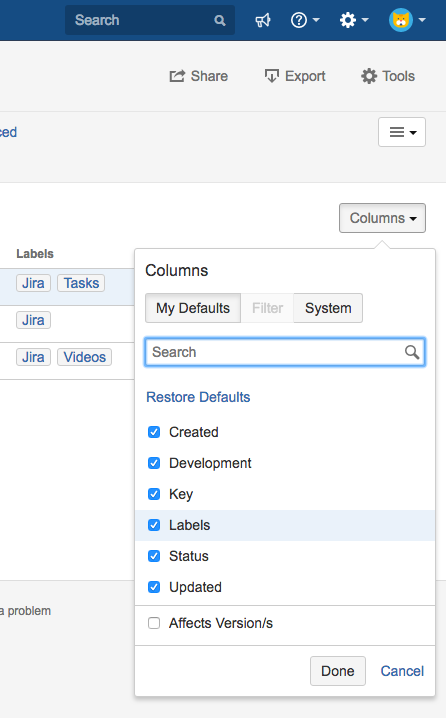



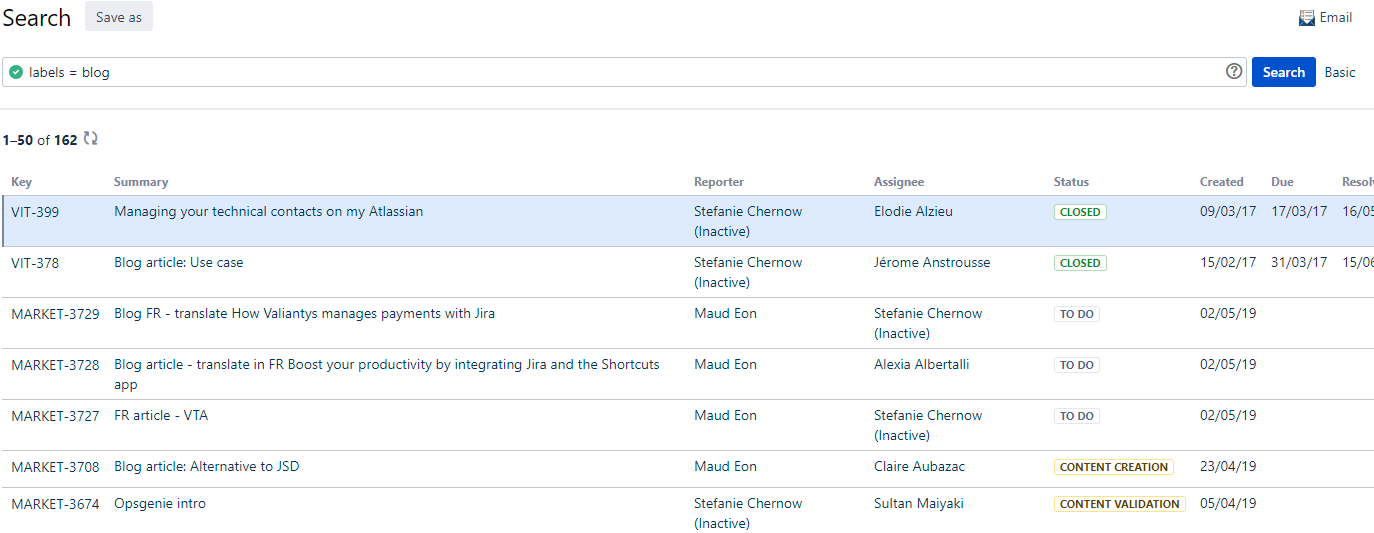



![Top Jira interview Questions of 2021[With Detailed Answers!!]](https://d2o2utebsixu4k.cloudfront.net/media/images/1550035439971-JIRA-Interview-Questions---Advanced.jpg)
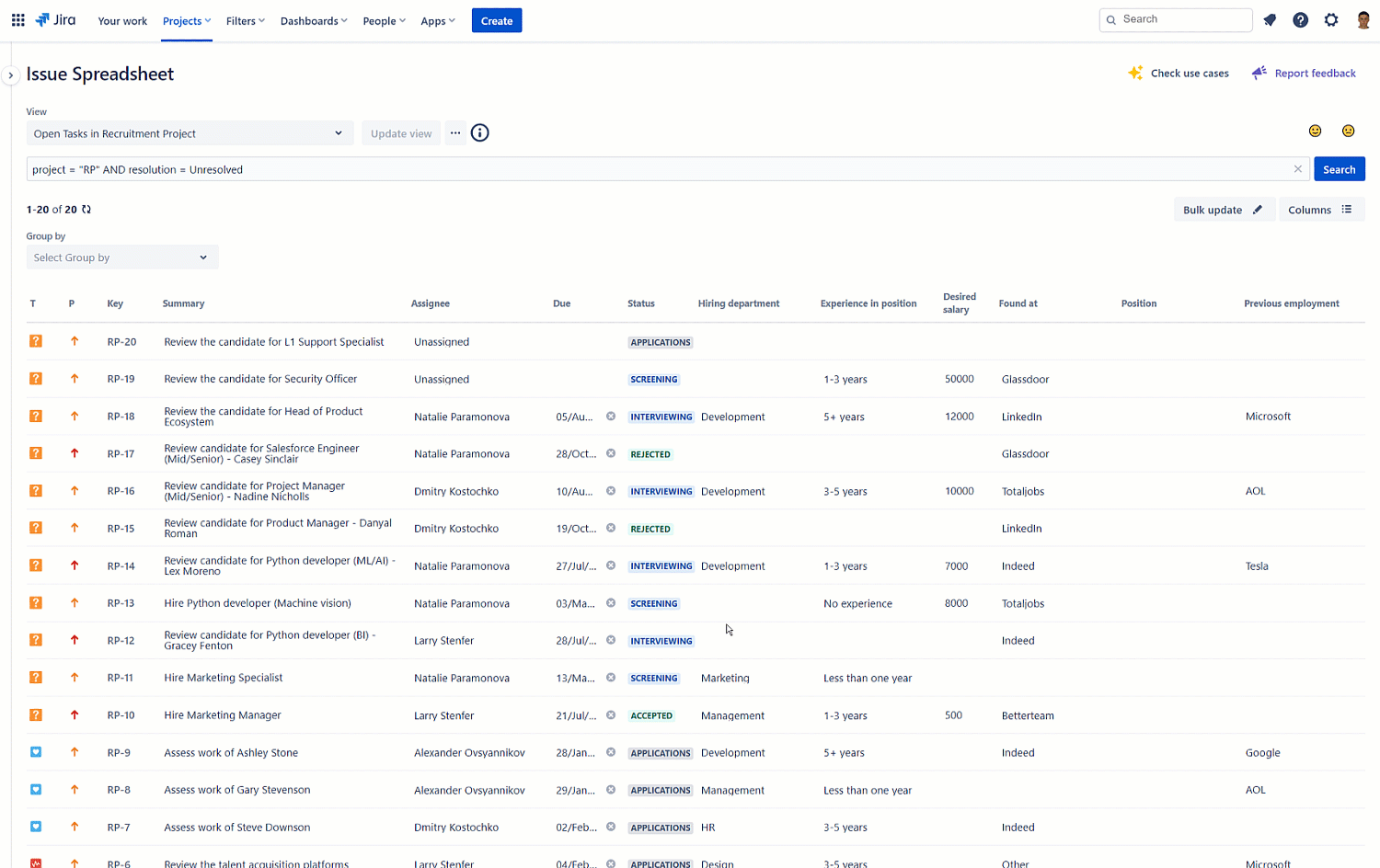
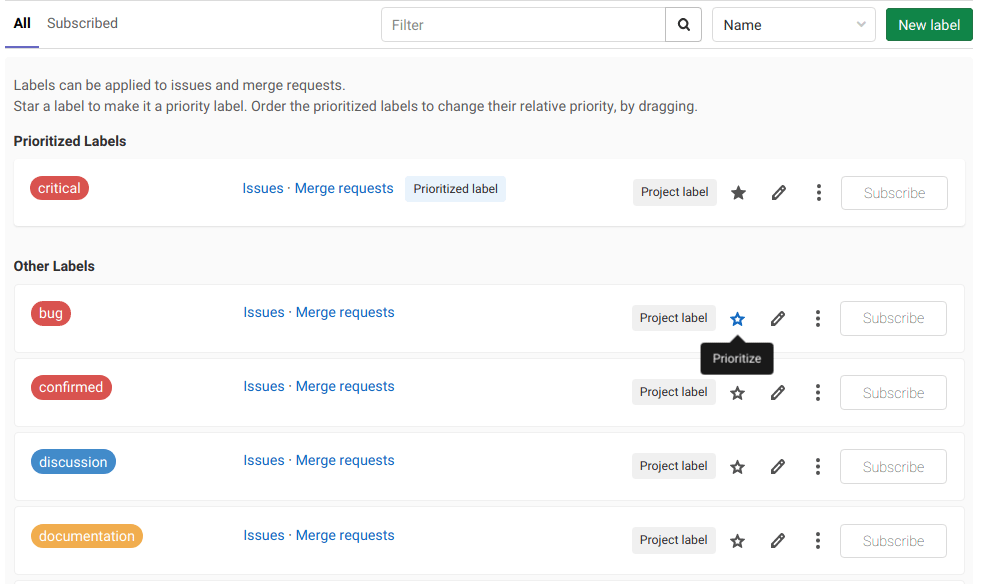
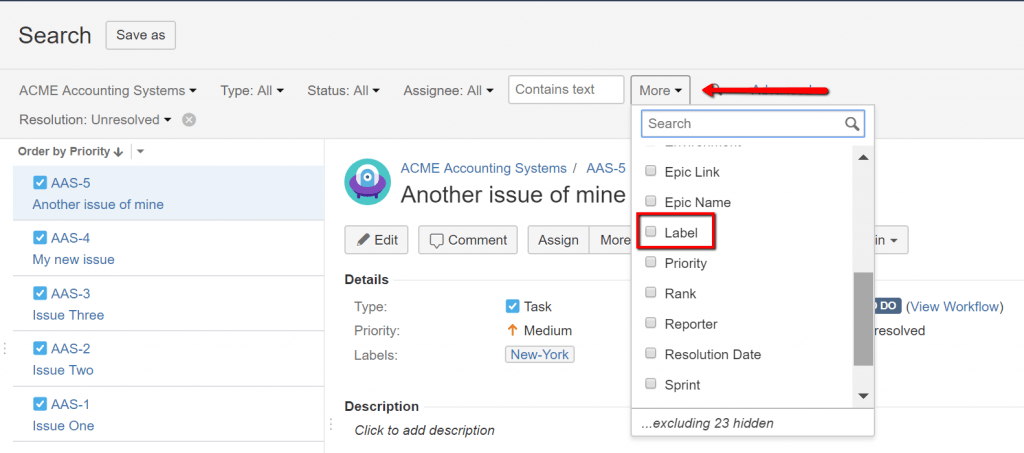



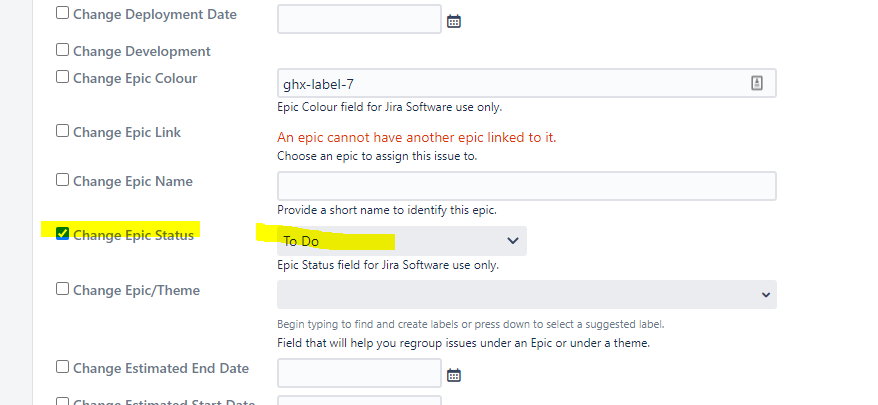
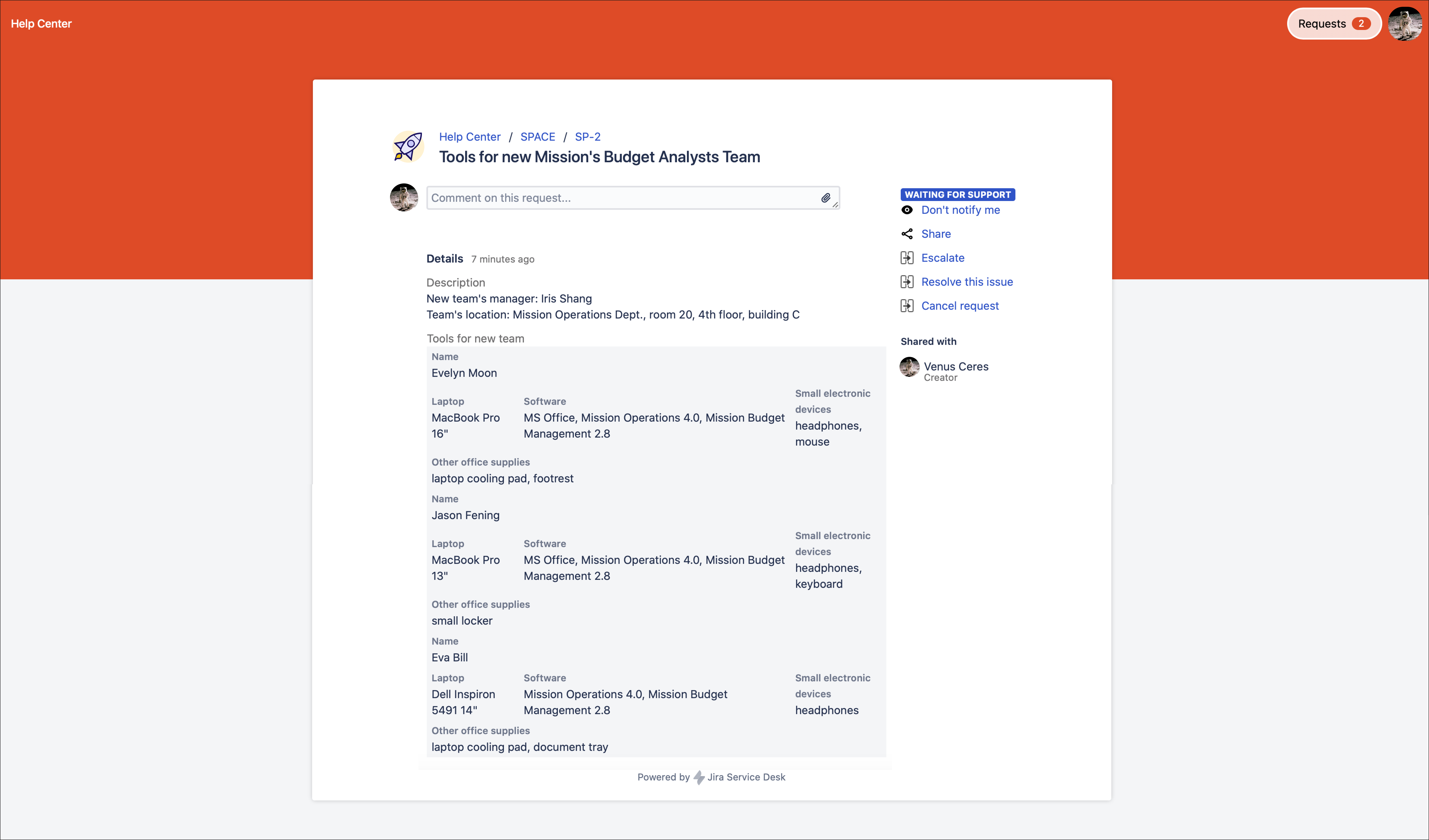

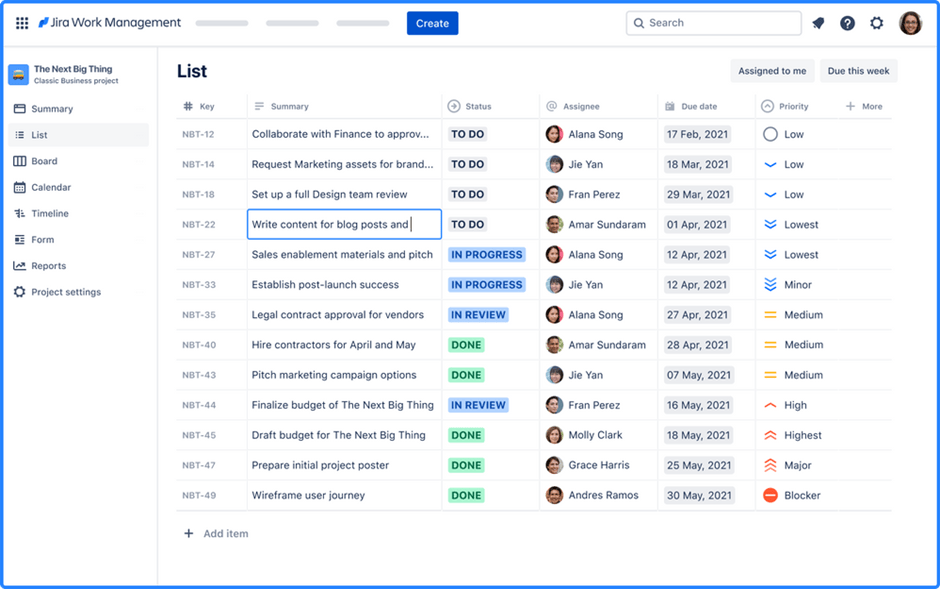




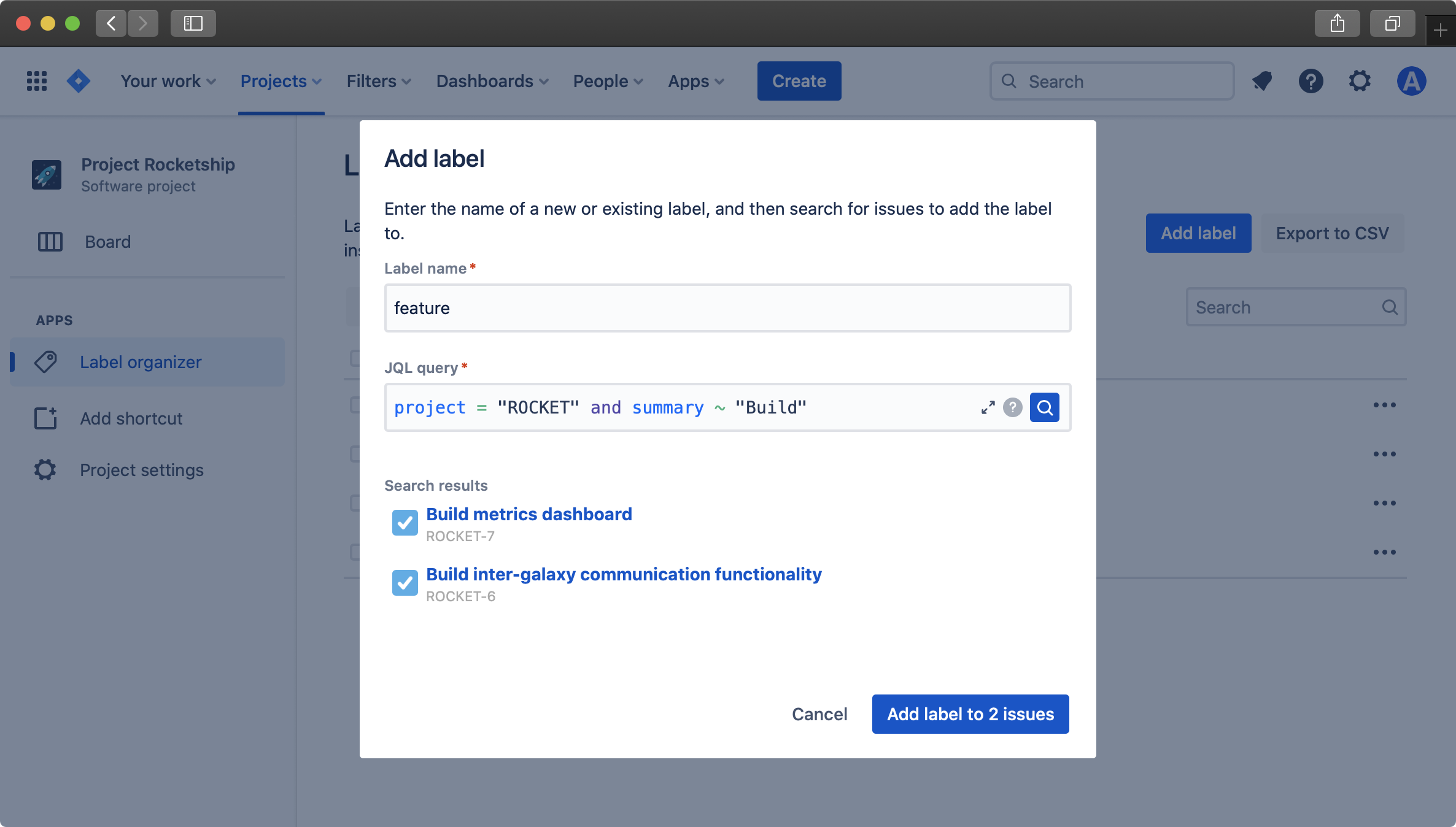
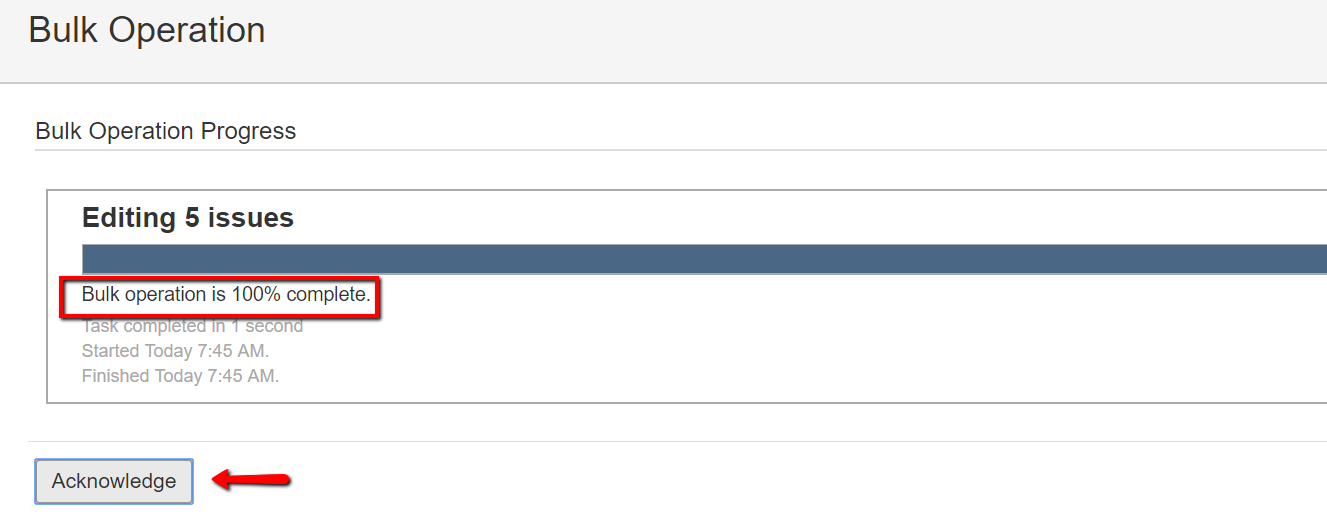
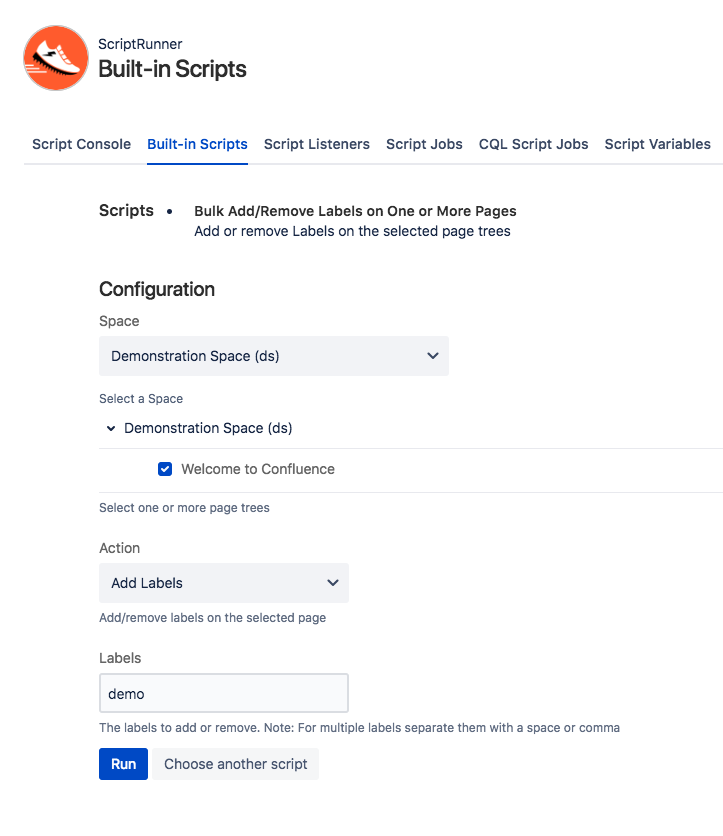

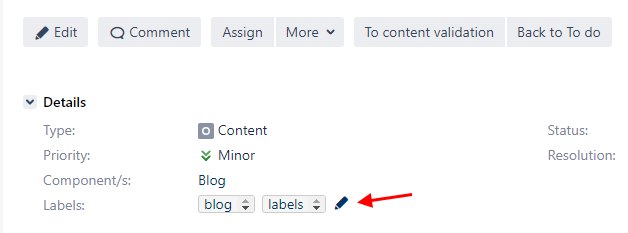



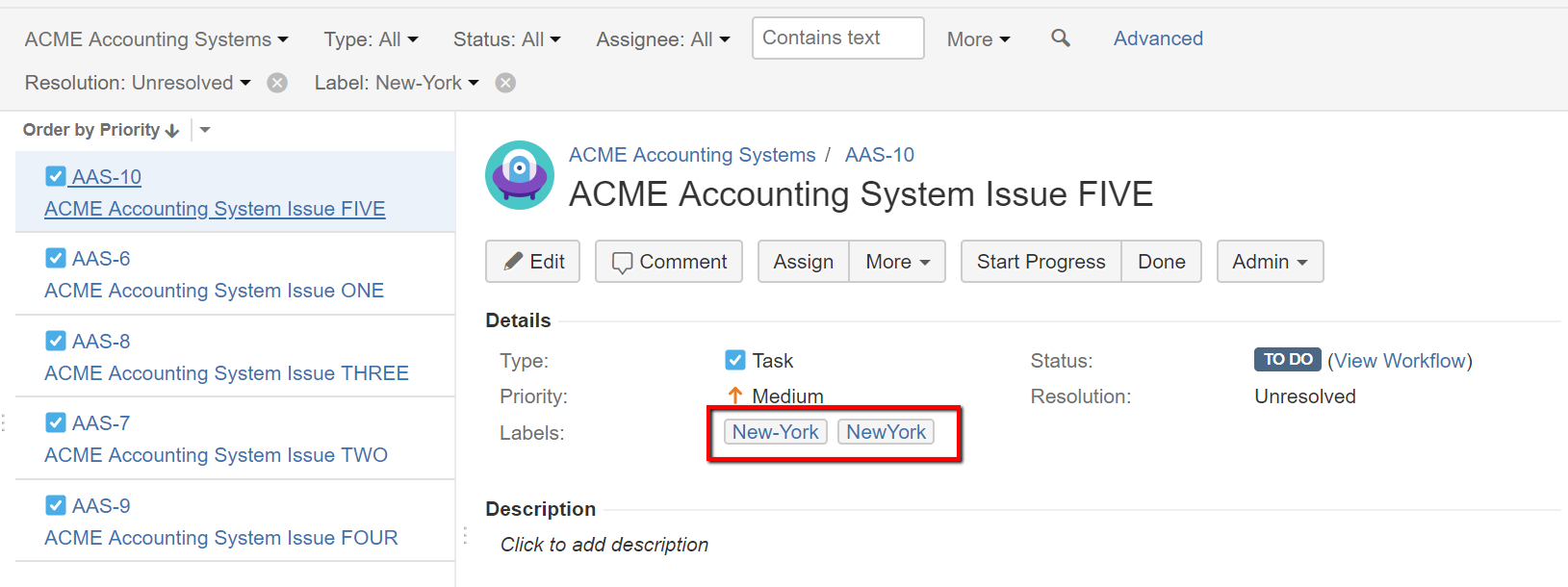

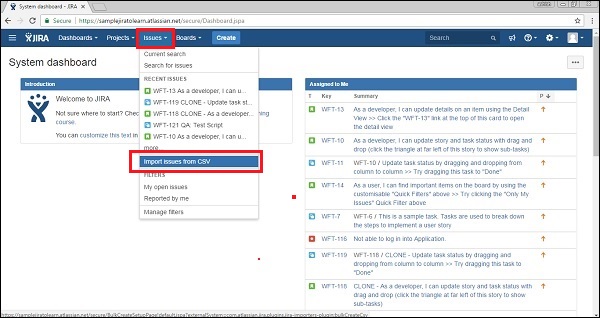
Post a Comment for "41 how to bulk update labels in jira"